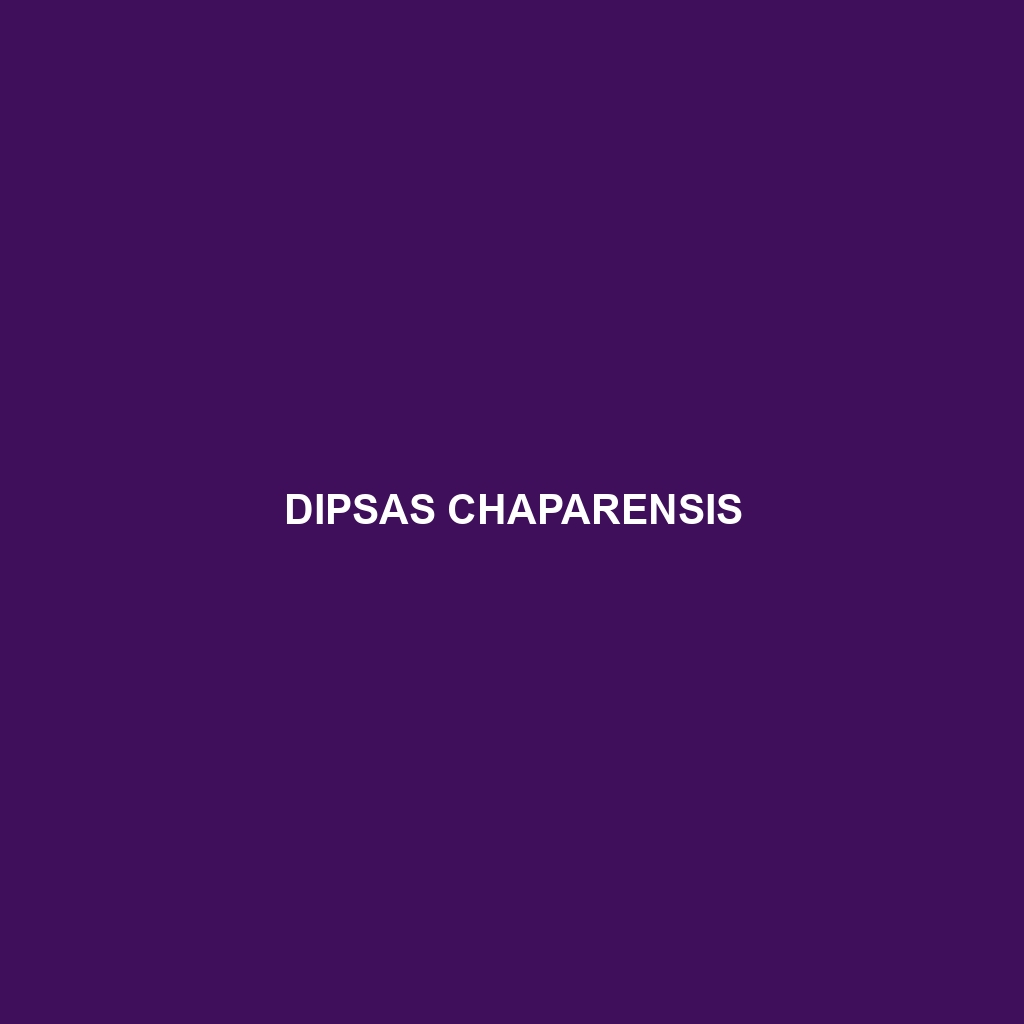Dipsas sanctijoannis, a slender snake native to the tropical lowland forests of Central America. This nocturnal species features an olive green to brown coloration with distinctive dark spots, thrives near freshwater streams, and plays an essential role in its ecosystem by controlling gastropod populations.
Tag: Dipsas snake
Dipsas lavillai
Dipsas lavillai is a vulnerable snake species native to the tropical rainforests of Central America, primarily found in Panama and Costa Rica. This nocturnal predator, known for its distinctive earthy coloration and diet of slugs and snails, plays a crucial role in maintaining the ecological balance of its habitat.
Dipsas georgejetti
Dipsas georgejetti, a stunning nocturnal snake native to Central America's tropical forests. With its slender body, earthy coloration, and diet primarily consisting of small amphibians, this elusive species plays a crucial role in maintaining ecological balance while facing threats from habitat loss.
Dipsas gaigeae
Introducing the Dipsas gaigeae, a slender, nocturnal snake native to the tropical rainforests of Costa Rica and Panama, known for its striking olive-green or light brown coloration with darker bands. This vulnerable species primarily feeds on slugs and snails, utilizing its excellent sense of smell to hunt and plays a crucial role in maintaining ecosystem balance.
Dipsas chaparensis
fascinating Dipsas chaparensis, a nocturnal snake native to the western Amazon Basin, known for its striking earthy brown and green coloration, slender body, and diet primarily consisting of slugs and soft-bodied invertebrates. With a calm demeanor and mild venom, this intriguing species plays a vital role in its rainforest ecosystem.
Dipsas cisticeps
The Dipsas cisticeps, commonly known as the crowned snake, is a medium-sized, nocturnal species found in humid tropical forests of Central and South America, distinguished by its slender body, dark brown or olive coloration, and preference for soft-bodied invertebrates like slugs and snails. This snake plays a crucial role in its ecosystem by regulating invertebrate populations and indicating environmental health.





